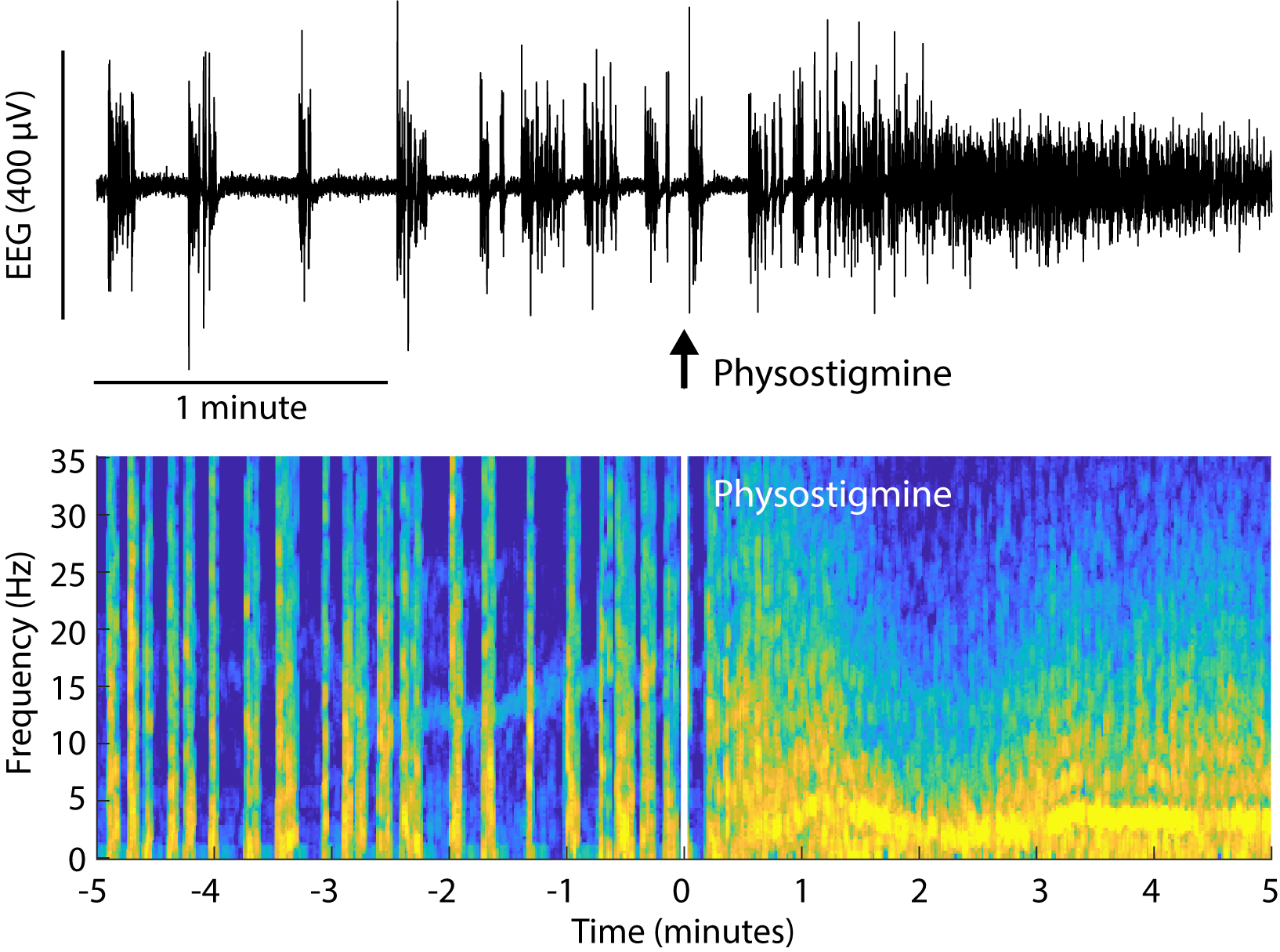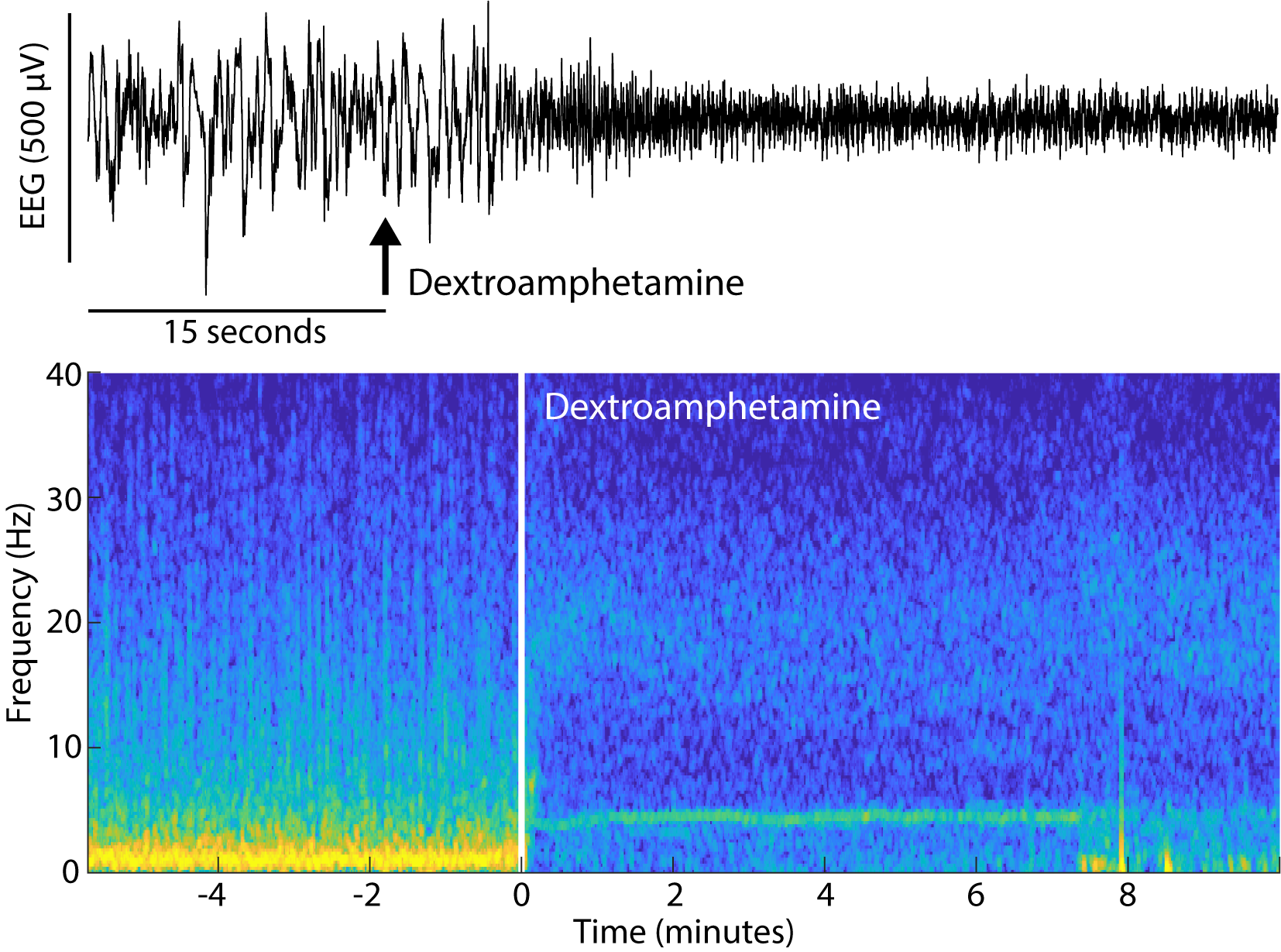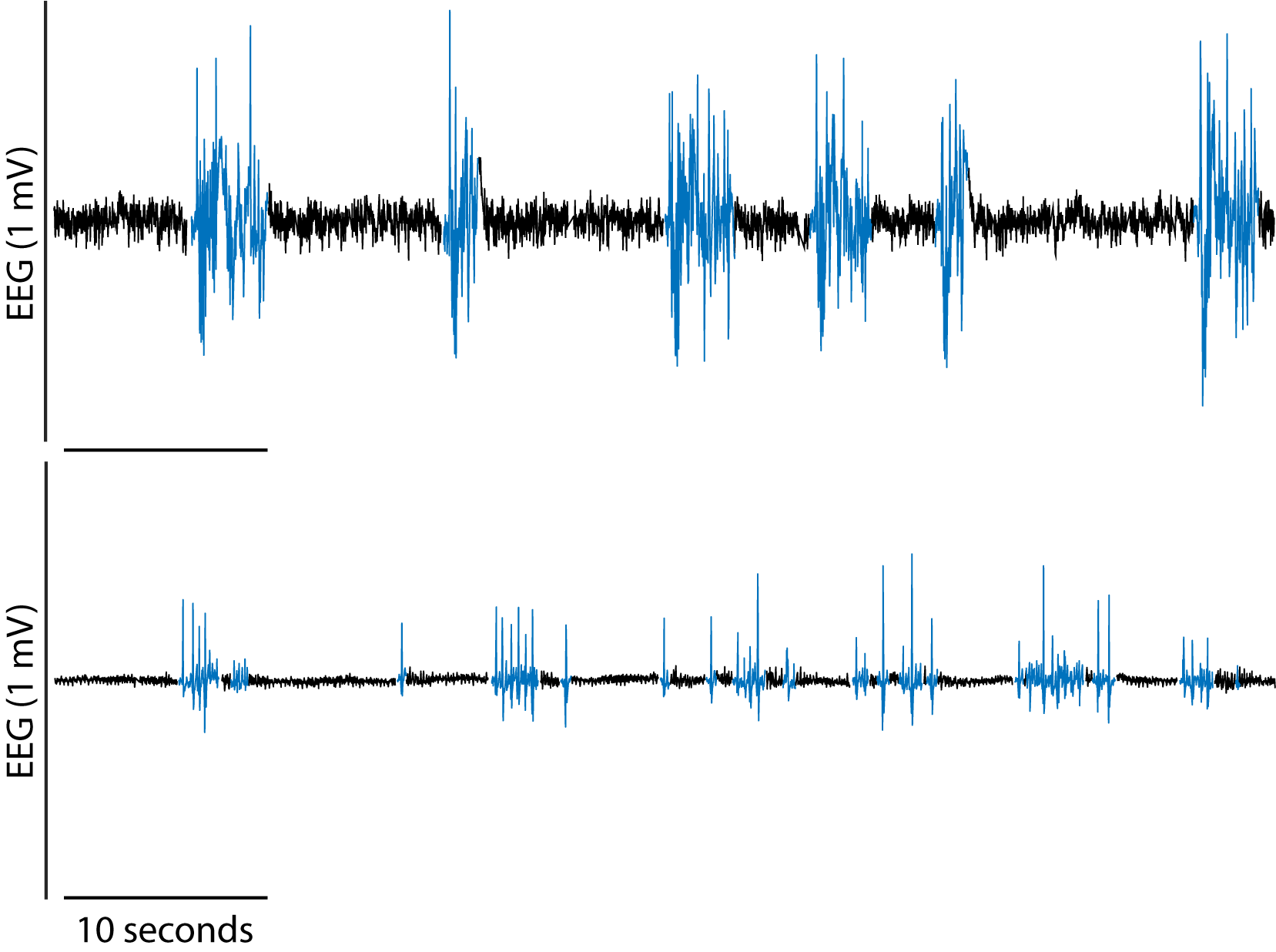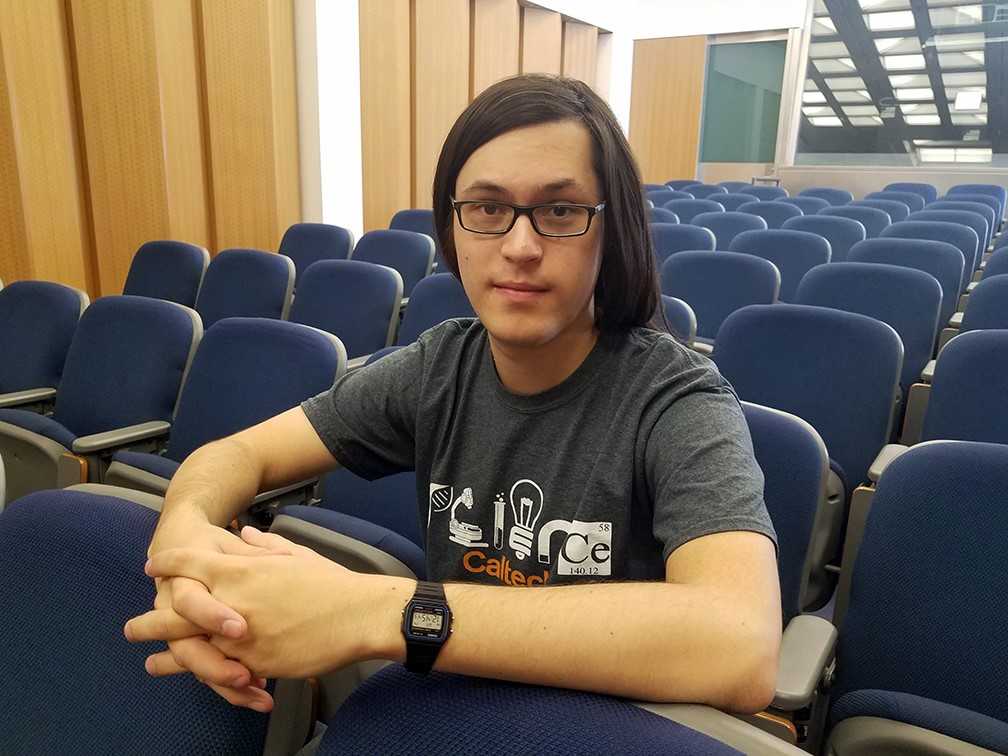Jonathan D. Kenny
Department of Computation and Neural Systems
Division of Biology and Biological Engineering
California Institute of Technology
Mailing Address
1200 E. California Blvd., MSC 136-93
Pasadena, CA 91125
jkenny@caltech.edu Phone
(626) 395-5959 ORCID
0000-0003-3745-3217 Courses
NB/Bi/CNS 250c: Topics in Systems Neuroscience
About
I’m a Ph.D. student in Computation and Neural Systems, working in the laboratory of Thanos Siapas. I am currently an Amazon Fellow in Artificial Intelligence, and I have additional support from the National Science Foundation Graduate Research Fellowship Program. Previously, I was a research affiliate with the Department of Brain and Cognitive Science at MIT and a research associate in the Department of Anesthesiology at the Massachusetts General Hospital, where I was a member of the Neuroscience Statistics Research Laboratory. My research interests involve studying methods for the active control of altered states of consciousness, such as sleep and general anesthesia, and also how deep neural networks can be applied to the analysis of electrophysiological signals.
Research

Physostigmine and methylphenidate induce distinct arousal states during isoflurane general anesthesia in rats
J. Kenny, J. Chemali, J. Cotton, C. Van Dort, S. Kim, D. Ba, E. Brown, and K. Solt
Anesthesia and Analgesia, (2016)
Although emergence from general anesthesia is clinically treated as a passive process driven by the pharmacokinetics of drug clearance, agents that hasten recovery from general anesthesia may be useful for treating delayed emergence, emergence delirium, and postoperative cognitive dysfunction. Activation of central monoaminergic neurotransmission with methylphenidate has been shown to induce reanimation (active emergence) from general anesthesia. Cholinergic neurons in the brainstem and basal forebrain are also known to promote arousal. The objective of this study was to test the hypothesis that physostigmine, a centrally acting cholinesterase inhibitor, induces reanimation from isoflurane anesthesia in adult rats.

Dextroamphetamine (but not atomoxetine) induces reanimation from general anesthesia: Implications for the roles of dopamine and norepinephrine in active emergence
J. Kenny, N. Taylor, E. Brown, and K. Solt
PLOS One, (2015)
Methylphenidate induces reanimation (active emergence) from general anesthesia in rodents, and recent evidence suggests that dopaminergic neurotransmission is important in producing this effect. In this study, we tested the efficacy of dextroamphetamine and atomoxetine for inducing reanimation from general anesthesia in rats. Dextroamphetamine induced reanimation from general anesthesia in rodents, but atomoxetine did not induce an arousal response under the same experimental conditions. This supports the hypothesis that dopaminergic stimulation during general anesthesia produces a robust behavioral arousal response. We hypothesize that dextroamphetamine is more likely than atomoxetine to be clinically useful for restoring consciousness in anesthetized patients, mainly due to its stimulation of dopaminergic neurotransmission.

Propofol and sevoflurane induce distinct burst suppression patterns in rats
J. Kenny, M. Westover, S. Ching, E. Brown, and K. Solt
Frontiers in System Neuroscience, (2014)
Burst suppression is an EEG pattern characterized by alternating periods of high-amplitude activity (bursts) and relatively low amplitude activity (suppressions). Burst suppression can arise from several different pathological conditions, as well as from general anesthesia. Here we review current algorithms that are used to quantify burst suppression, its various etiologies, and possible underlying mechanisms. We then review clinical applications of anesthetic-induced burst suppression. Finally, we report the results of our new study showing clear electrophysiological differences in burst suppression patterns induced by two common general anesthetics, sevoflurane and propofol. Our data suggest that the circuit mechanisms that generate burst suppression activity may differ among general anesthetics.
Additional research
Optogenetic activation of cholinergic neurons in the PPT or LDT induces REM sleep
C. Van Dort, D. Zachs, J. Kenny, S. Zheng, R. Goldblum, N. Gelwan, D. Ramos, M. Nolan, K. Wang, F. Weng, Y. Lin, M. Wilson, and E. Brown
Proceedings of the National Academy of Sciences, (2015)
[Paper]
[Supplemental]
[PubMed]
Real-time closed-loop control in a rodent model of medically induced coma using burst suppression
S. Ching, M. Liberman, J. Chemali, M. Westover, J. Kenny, K. Solt, P. Purdon, and E. Brown
Anesthesiology, (2013)
[Paper]
[Conference Proceeding]
[PubMed]
